
Certain movies are meant for a single viewing, while others reveal their full brilliance only after multiple watches. Directors frequently include subtle visual hints and clues that aren’t noticeable until you know how the story ends. These richly detailed films offer new discoveries and hidden surprises each time you watch them. Here’s a list of films known for their complexity and rewarding storytelling, perfect for attentive viewers.
‘The Shining’ (1980)

Stanley Kubrick used strange and unsettling spatial tricks in ‘The Shining’ to make viewers feel uneasy without realizing why. The hotel’s layout seems to shift slightly from scene to scene, which is disorienting. Small details, like objects moving or changing patterns, suggest something supernatural is happening. If you look closely, you’ll even notice certain colors appear before dangerous events, hinting at what’s to come.
‘Fight Club’ (1999)
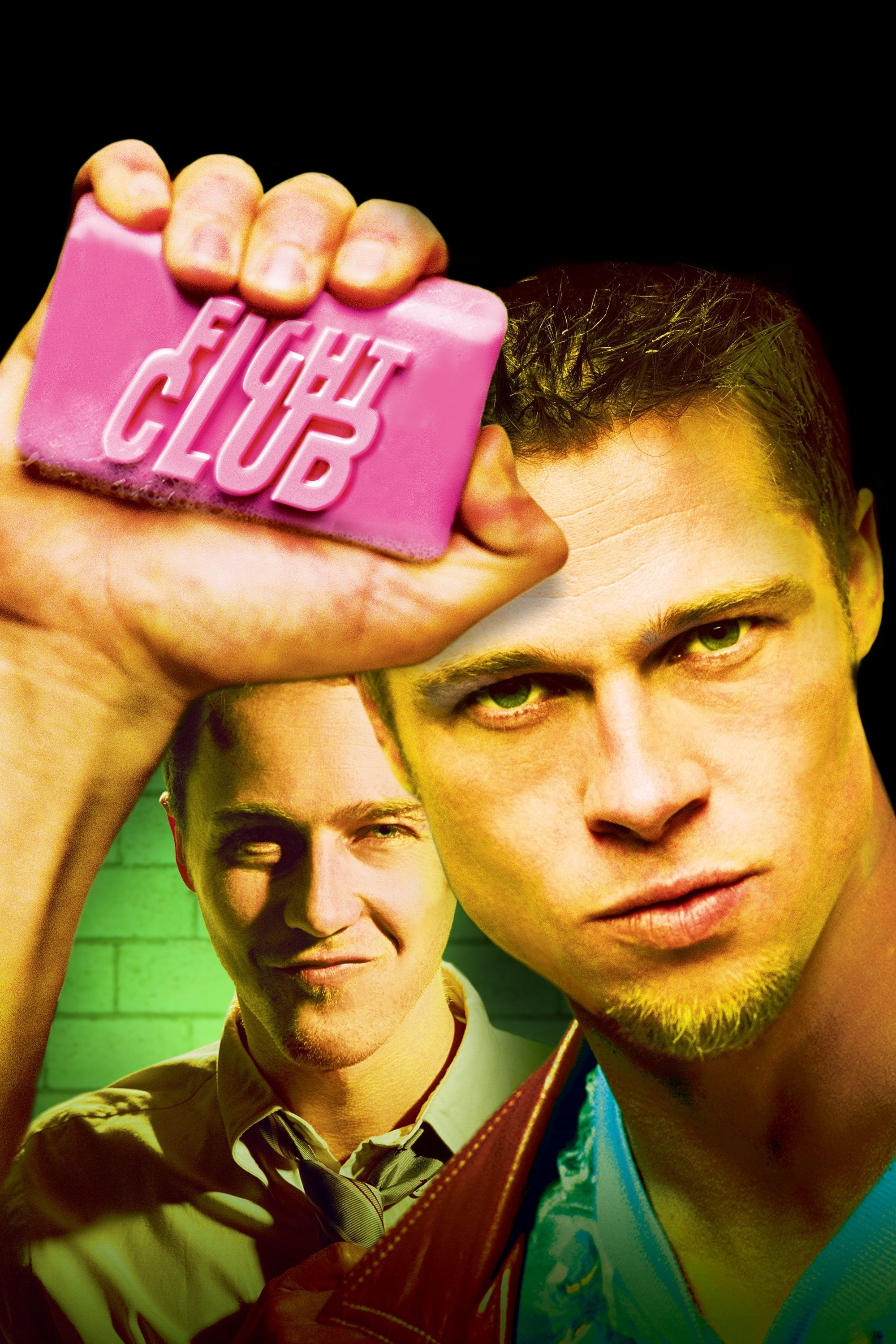
As a huge fan of ‘Fight Club,’ I’ve always been amazed by how cleverly David Fincher foreshadows Tyler Durden’s existence. He actually slips Tyler into scenes before the narrator even knows him! The movie is full of little clues about their connection, and if you pay attention, you’ll notice things in the background that don’t quite match up with what the narrator is saying – it really shows he’s not a trustworthy source. What’s even cooler is that the film subtly tracks the narrator’s physical state, and it’s incredibly rewarding to notice those changes as the story unfolds.
‘The Prestige’ (2006)
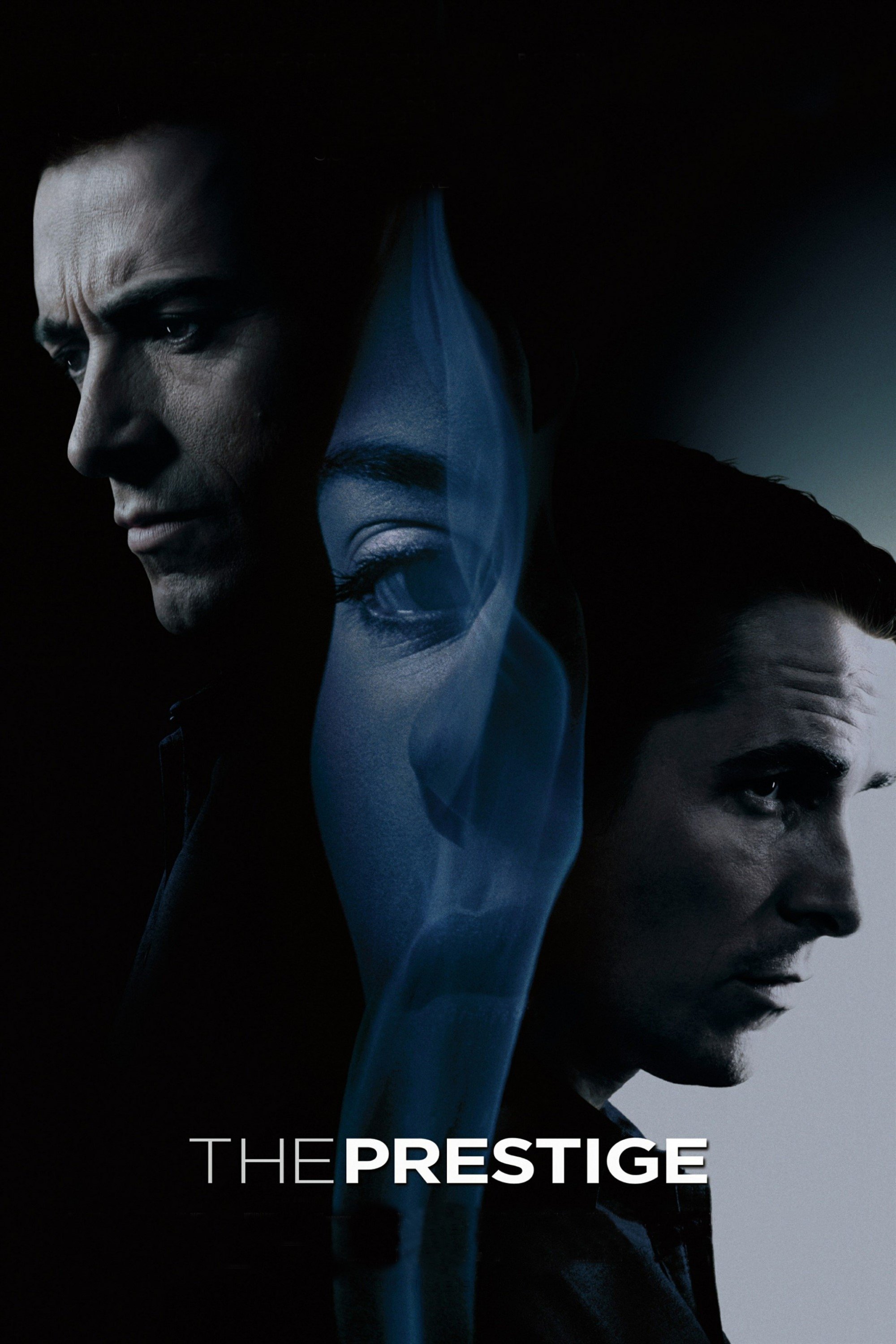
Christopher Nolan built ‘The Prestige’ like a complex magic trick, carefully hiding clues in every scene that all come together at the end. Characters frequently speak in ways that have a double meaning, and those meanings become clear once you understand the twist. Subtle visual hints about the twin brothers appear throughout the film, though they’re easy to overlook. The journal entries characters read create a timeline that perfectly matches the events shown on screen when you rewatch the movie.
‘Memento’ (2000)
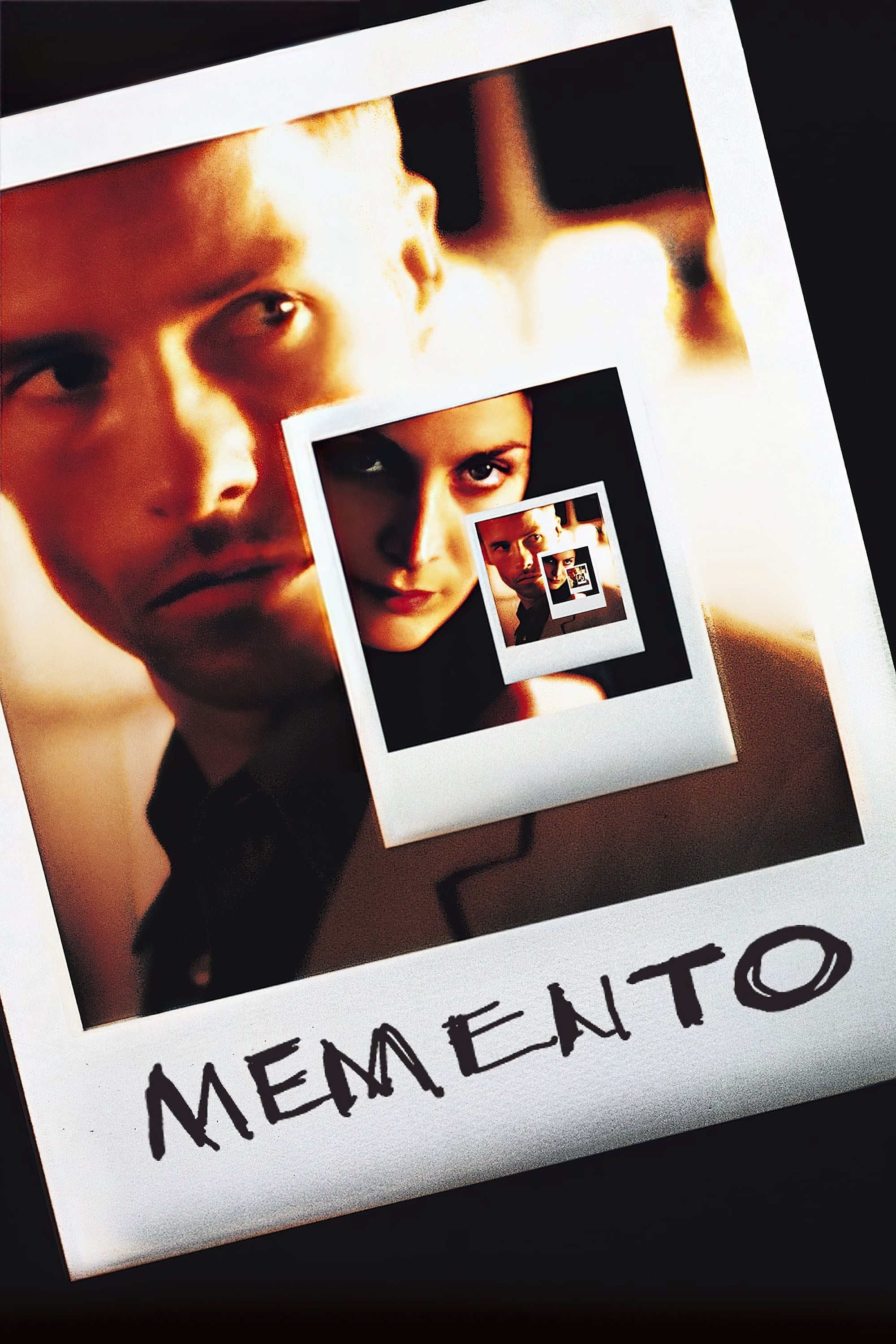
‘Memento’ unfolds in reverse order, challenging viewers to assemble the story bit by bit, much like solving a puzzle. Watching it multiple times reveals the significance of the difference between the color and black-and-white scenes. Subtle changes in the background details highlight how unreliable Leonard’s memory truly is. The film cleverly conceals the truth about the murder investigation within the conversations themselves.
‘Get Out’ (2017)

From the start of ‘Get Out,’ Jordan Peele subtly weaves in commentary on race and hints at what’s to come through the film’s visuals and conversations. What first appears as simply strange behavior from the family gradually reveals their dark motives. The characters’ clothing and the colors used emphasize the growing distance between the protagonist and those who are holding him captive. Even seemingly harmless small talk turns out to be a coded way of discussing a disturbing operation.
‘Shutter Island’ (2010)

In Martin Scorsese’s ‘Shutter Island,’ deliberate mistakes in the film’s continuity help show the main character’s unstable mental state. Recurring images of fire and water represent the character’s past trauma. During questioning, the supporting actors frequently look at the guards instead of the detective, and the lighting subtly shifts to distinguish between hallucinations and reality.
‘Inception’ (2010)
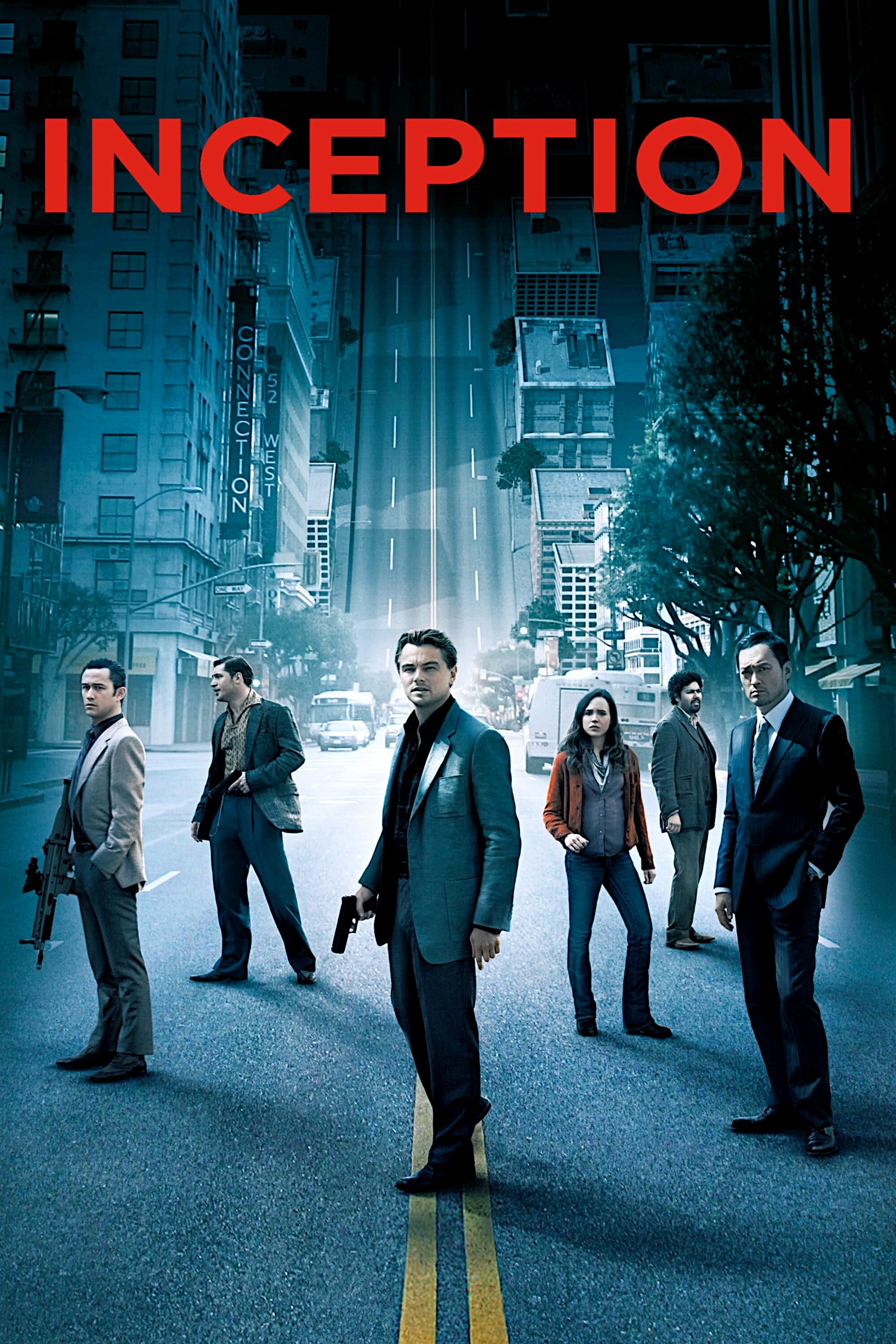
In Christopher Nolan’s ‘Inception,’ the film features intricate layers of dreams that follow a consistent set of rules. The audience can use the main character’s totem – a small object – to figure out if a scene is happening in the real world or within a dream. The movie’s music also helps, becoming slower and more drawn-out as the characters go deeper into dream levels. Interestingly, people within the dreams will sometimes stare directly at the dreamer when the dream starts to become dangerous or unstable.
‘Parasite’ (2019)
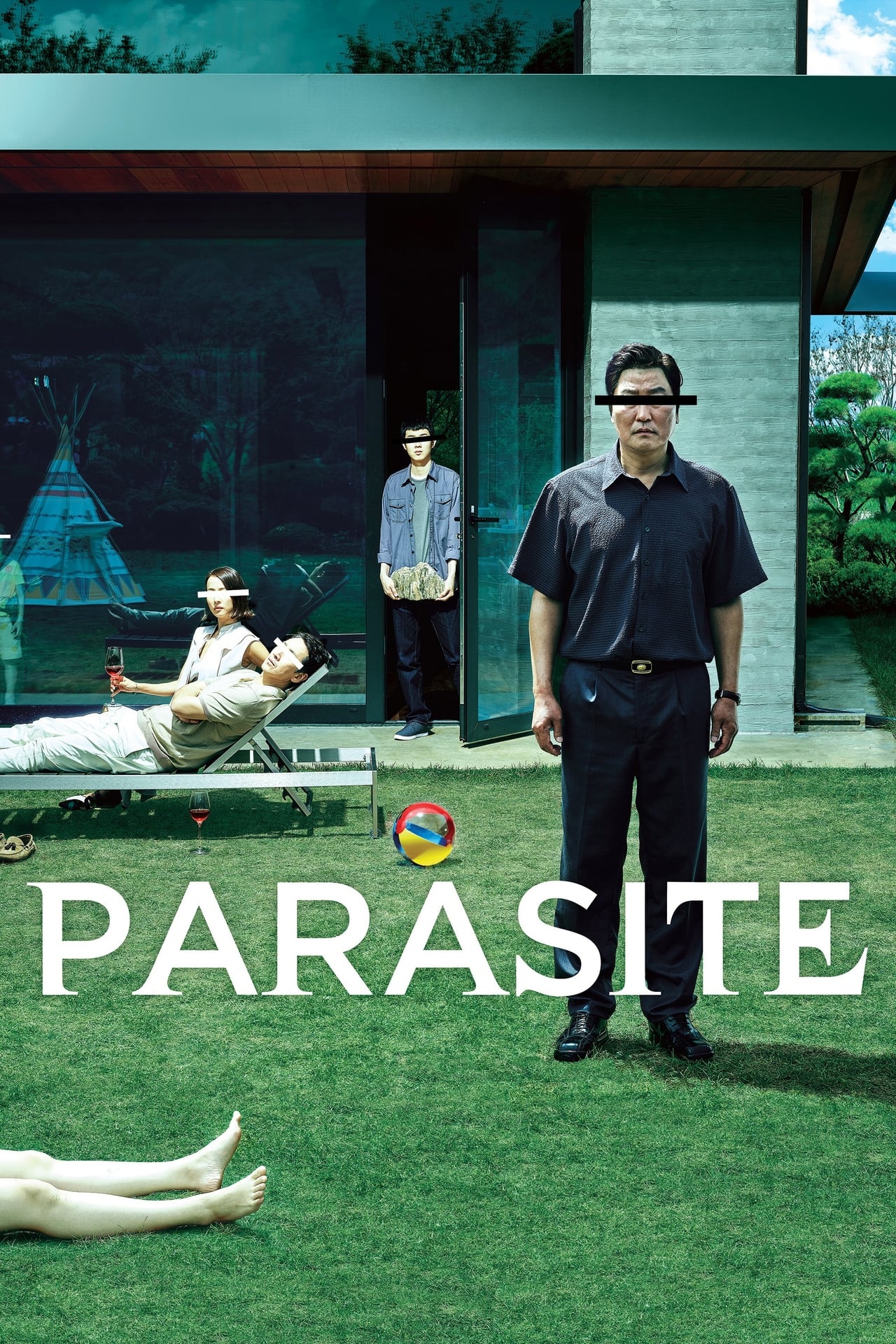
In ‘Parasite,’ Bong Joon-ho cleverly used visual elements like the way spaces are designed to show the differences between the wealthy and poor families. The lighting changes significantly as the balance of power shifts. The housekeeper’s small actions subtly foreshadow the secret hidden in the basement, and the film repeatedly uses the idea of smell, which becomes more impactful with each viewing and ultimately leads to the story’s climax.
‘Pulp Fiction’ (1994)

‘Pulp Fiction’ tells its story out of order, linking characters who appear in each other’s separate scenes. It’s only when you put all the pieces together that the timeline makes sense. The movie’s conversations often hint at things that have already happened or will happen later on. There are even visual clues – like bullet holes appearing before the shots are fired – that play with the way time unfolds.
‘Arrival’ (2016)

The way the aliens communicate in ‘Arrival’ is closely tied to the film’s non-linear story. What initially seem like memories from the past are actually glimpses of the future, experienced by the main character. The film’s colors also change gradually, hinting at this shifting sense of time. Even conversations about making decisions gain a new significance when you realize the story isn’t unfolding in a straight line.
‘Zodiac’ (2007)

David Fincher’s ‘Zodiac’ is filled with realistic details and a lot of information, reflecting how complex and all-consuming the actual investigation was. The film shows time passing through small changes in the surroundings and how the characters age. Everything in the background is carefully based on real case files and police reports. To follow the killer’s movements, viewers need to pay close attention to the dates and locations shown on screen.
‘Mulholland Drive’ (2001)
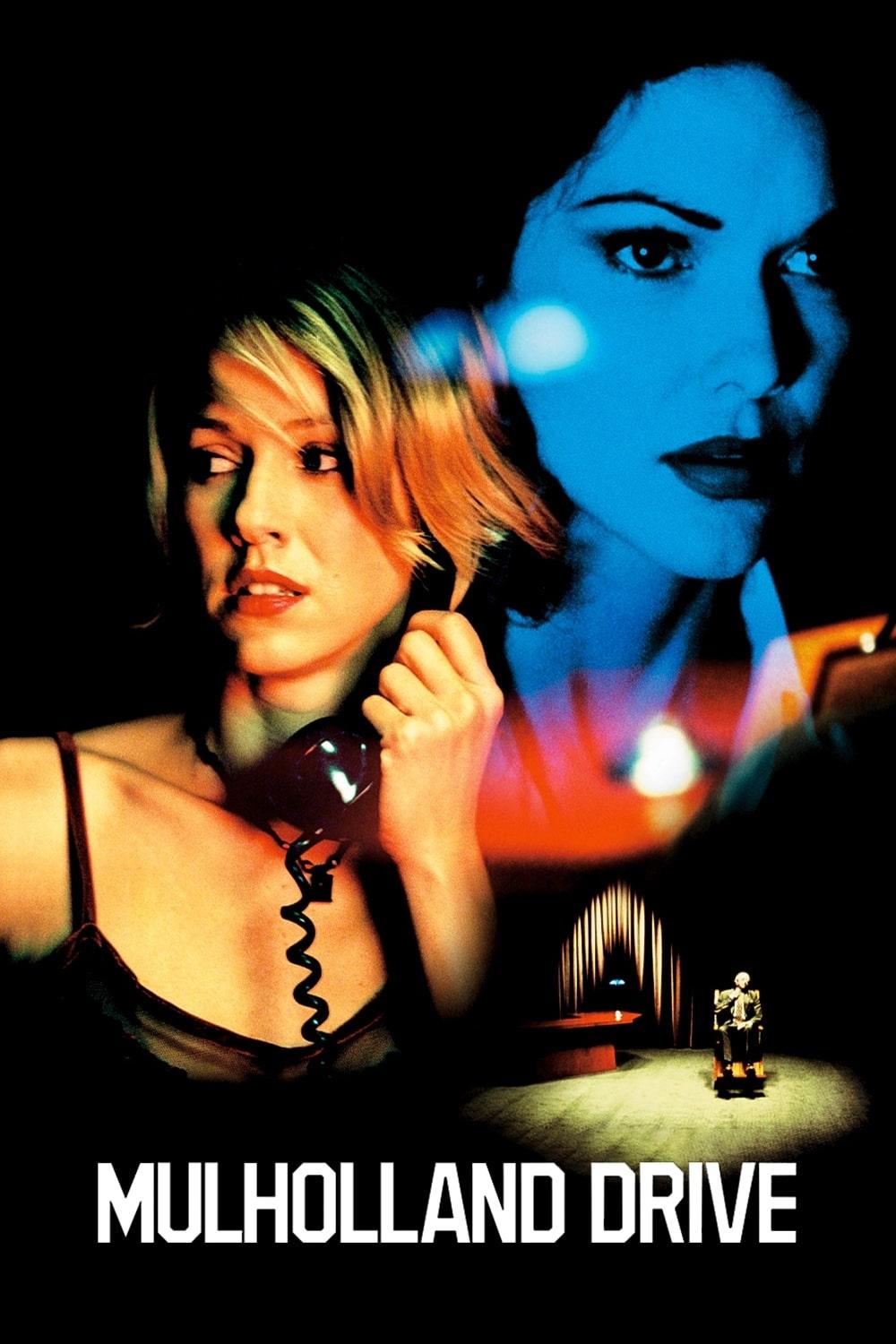
David Lynch’s ‘Mulholland Drive’ is intentionally confusing, designed to be experienced more like a dream than a typical story. However, it’s filled with recurring symbols that create a consistent internal logic. The blue key and box, for example, link the film’s two very different storylines. Characters often seem to play multiple roles, representing the protagonist’s hopes and dreams compared to her actual, difficult life. Subtle shifts in sound also help signal when the film moves between dreamlike sequences and harsh reality.
‘Blade Runner 2049’ (2017)
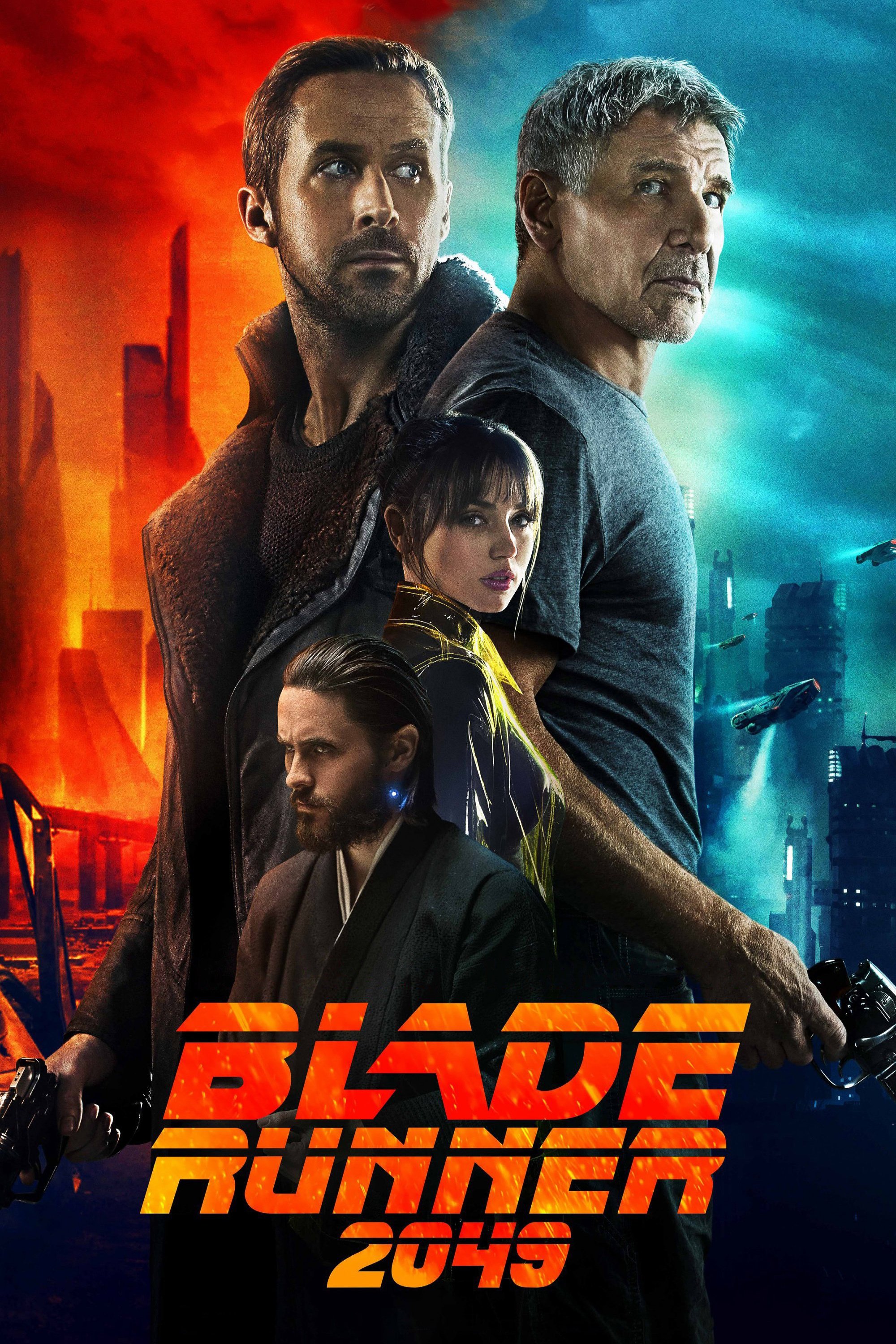
In ‘Blade Runner 2049,’ Denis Villeneuve skillfully used color to represent different feelings and places. The holographic ads aren’t just background details; they hint at what’s to come for the main character. The film builds on the original ‘Blade Runner’ by using similar visuals, but it lets those images speak for themselves rather than explaining everything with words. And the unique sound of the Joi device helps the audience keep track of where she is, even in complicated scenes.
‘Eternal Sunshine of the Spotless Mind’ (2004)

As a critic, I’ve always admired how Michel Gondry brought ‘Eternal Sunshine of the Spotless Mind’ to life. He didn’t rely on CGI; instead, he used incredibly clever practical effects to show us what it feels like to lose memories. As the main character dives deeper into his mind, the world around him literally falls apart – objects disappear or blur, mirroring the fading recollections. And it’s not just visual; Gondry uses subtle cues, like the changing color of Clementine’s hair, to help us keep track of the fragmented timeline. What’s really brilliant is how he layers the sound – you’ll often hear snippets of conversations that actually happen later in their relationship, adding to the disorienting, dreamlike quality of the film.
‘Shaun of the Dead’ (2004)
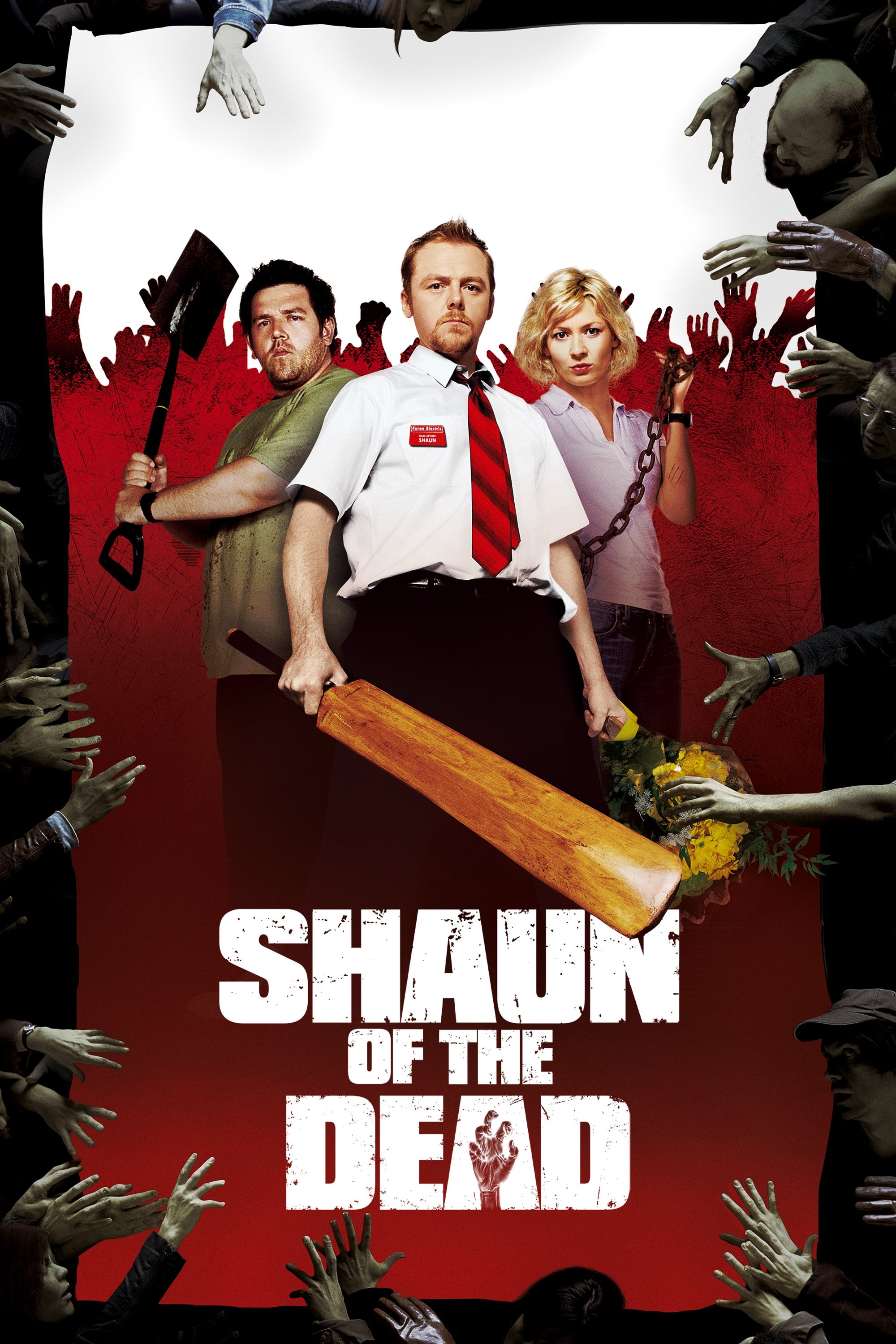
Edgar Wright cleverly hinted at what would happen in ‘Shaun of the Dead’ through subtle clues and lines of dialogue. Remarkably, the entire story is actually laid out early on during a casual conversation. He also included a clever detail where extras shown in the opening credits reappear later as zombies, still wearing the same clothes. The film even uses repeating conversations to highlight how easily everyday life can become like the monotonous existence of the undead.
Tell us which movie you have rewatched the most to find hidden details in the comments.
Read More
- DOGE PREDICTION. DOGE cryptocurrency
- Calvin Harris Announces India Debut With 2 Shows Across Mumbai and Bangalore in November: How to Attend
- EQT Earnings: Strong Production
- Heights Capital Bets $16M on ImmunityBio: A Calculated Gamble?
- Docusign’s Theatrical Ascent Amidst Market Farce
- The Relentless Ascent of Broadcom Stock: Why It’s Not Too Late to Jump In
- Why Rocket Lab Stock Skyrocketed Last Week
- TON PREDICTION. TON cryptocurrency
- Ultraman Live Stage Show: Kaiju Battles and LED Effects Coming to America This Fall
- HBO Boss Discusses the Possibility of THE PENGUIN Season 2
2025-11-25 07:46